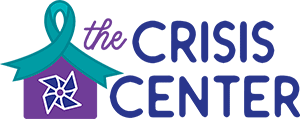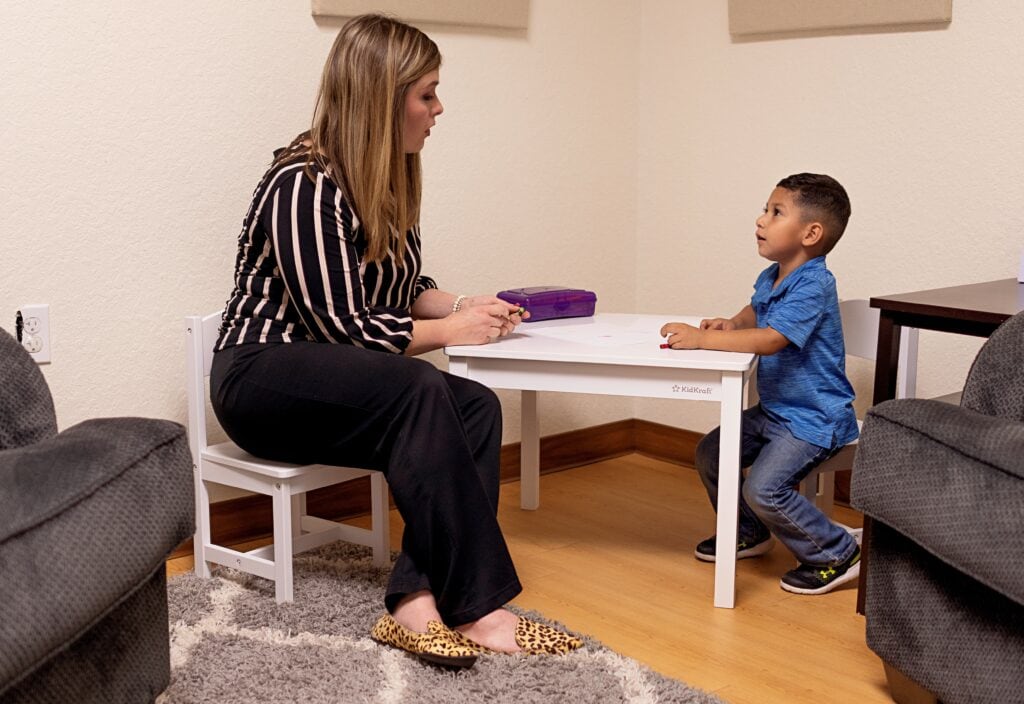Children represent everything that is innocent and pure in this world, but what happens when that innocence is taken from them? Every ten seconds, a new report of child maltreatment/neglect is made. Child maltreatment can involve anything from medical or emotional neglect, to physical abuse, sexual abuse, or psychological abuse. In addition to these types, another form of child neglect could be the child witnessing a crime, such as domestic violence between the parents or other illegal activities.
According to childhelp.org, there are approximately 3.6 million referrals made to child protective agencies every year. Included in these referrals were more than 6.6 children, because some cases involve more than just one child. It is an epidemic. Child maltreatment and neglect can lead to many long-term effects, such as mental health disorders, sexually-transmitted diseases, and in some cases, even death. Another major effect of child abuse is the increased likelihood of committing a crime. In fact, people who have experienced some sort of abuse as a child are roughly nine times more likely to commit a crime than the average person. These crimes can start off small, such as the child committing truancy, but could eventually progress to more serious offenses like vandalism or property theft.
As the child grows into an adult, these once-petty crimes will usually escalate to the point of becoming a misdemeanor, or even a felony; for example, the possession of a controlled substance or possession with intent to sell or distribute. Many victims of child abuse go on to use illegal substances as a coping mechanism. Dr. Martin Teicher, a neuroscientist and Harvard professor of psychiatry, states that children who have been abused have abnormal brain waves patterns. The more severe the frequency of the abuse or the relationship with the perpetrator is, the higher impact it will have on the brain. Once this happens, they will try to relax or provoke their brain’s neurochemicals through the use of drugs or alcohol.
By taking an active approach in helping prevent child abuse, one could help prevent the future-criminal activity from ever occurring. The first step in preventing child abuse is to become educated. There are many organizations with training programs dedicated to child abuse prevention. Darkness to Light, for example, is a nonprofit that has made it their mission to empower people to prevent child sexual abuse. It’s also important to teach our children about their bodies and that no one, not even Mom or Dad, should ever touch them in a way that makes them scared or uncomfortable. They reserve the right to speak up and say no.
Another way to help prevent child abuse is to speak up and report if something appears to be out of the ordinary. You do not have to have evidence that the abuse has occurred, just a reasonable suspicion. This means that you have either witnessed a boundary violation, intervened in a boundary violation but the behavior continued, been told by the child about the boundary violation, or have seen physical signs of abuse. If you discover possible child abuse, it’s important to not try to investigate on your own; notify the proper authorities and let them take over from there. One must also be sure to not bombard the child with too many questions since it may cause the child to shut down.
Once the abuse has been reported to the proper authorities, you can request that a children’s advocacy center be used for intervention and treatment. It’s a child-friendly setting that understands the sensitivity of the situation, provides legally-sound forensic interviews with trained professionals, and offers free counseling and family advocacy. In 2015 alone, children’s advocacy centers around the nation provided service for over 300,000 child abuse victims and their families. To learn more about the children’s advocacy centers in Texas and how you can get more involved in preventing child abuse, please visit www.cactx.org.

